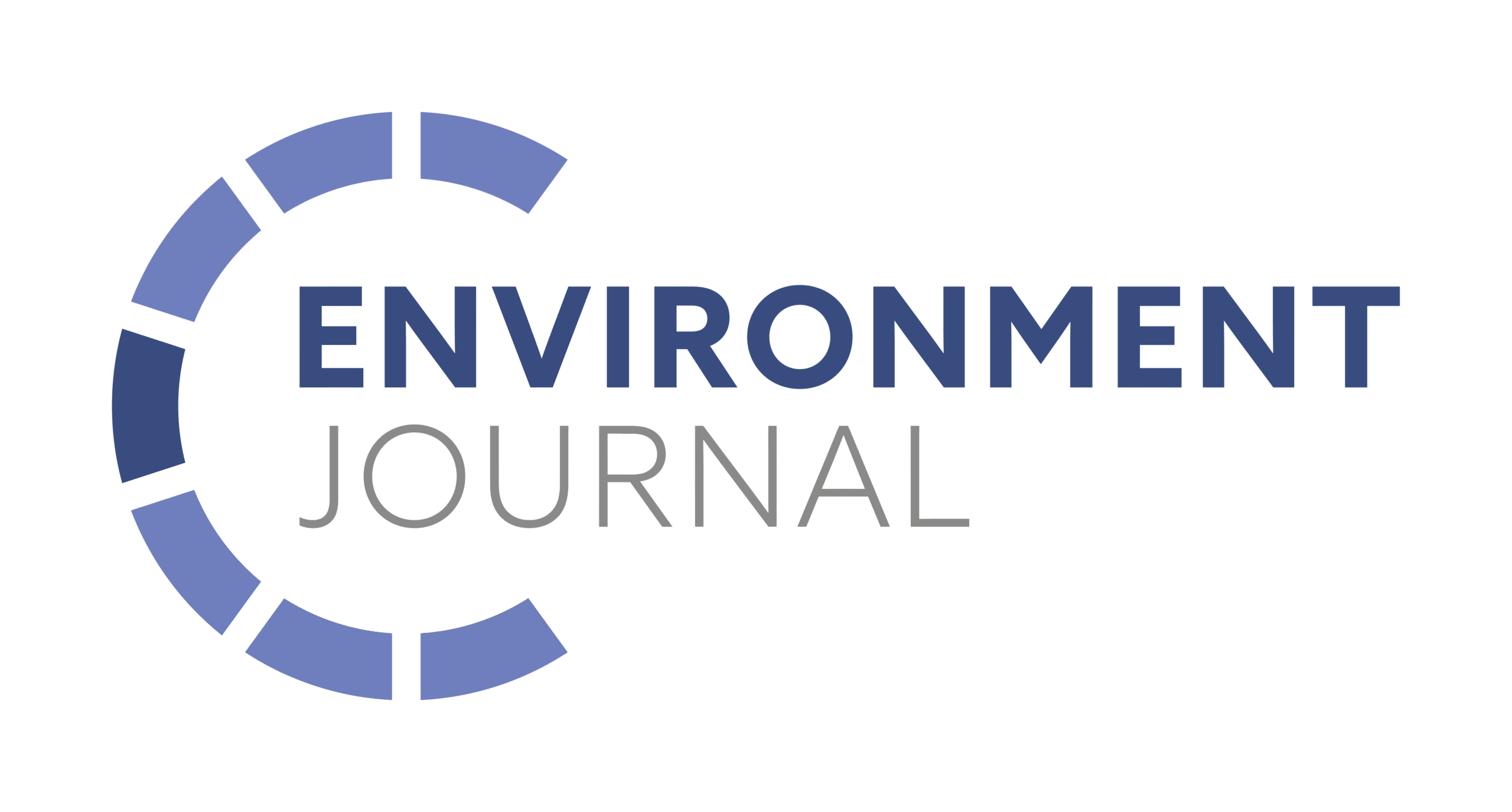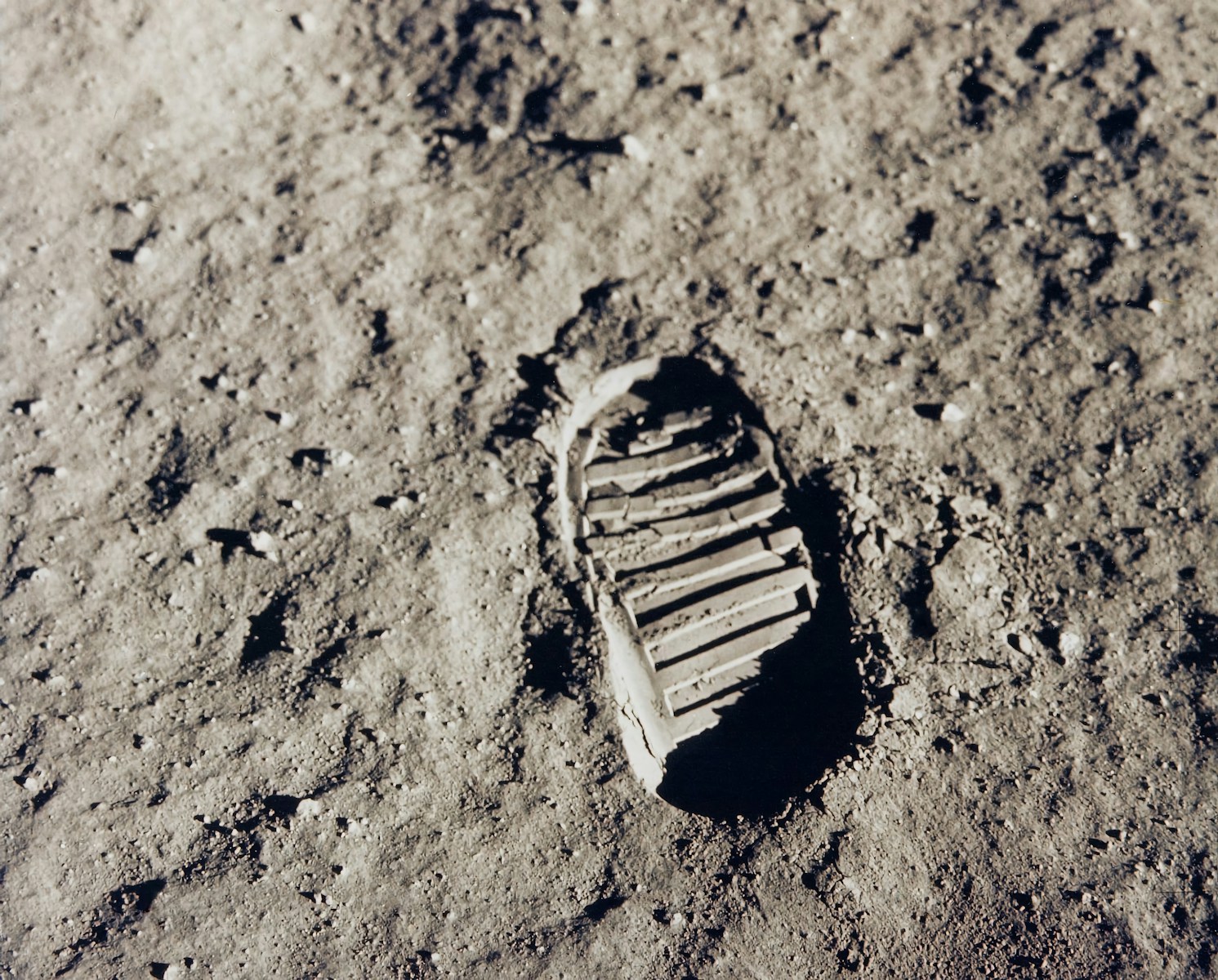There’s increasing scientific interest in air quality in outer space, which will be a vital factor in our plans to send people to the Moon and Mars…
It might seem odd to consider air quality in space, given that – by definition – there isn’t any air in a vacuum. But when we send humans into space, we provide them with air-filled artificial environments. With plans to send people to the Moon and then Mars in the next few years and decades, space scientists are increasingly conscious of air quality.
For example, in February this year, the academic journal GeoHealth published a study of the risks to health of exposure to dust on the surface of Mars. In April, SpaceX’s latest supply mission to the International Space Station delivered three different air quality monitors so that they can be tested in space. Another device, which is meant to distinguish smoke from dust, is also being tested.
But such considerations aren’t exactly new.
‘It’s been an issue since the dawn of the space age,’ says Giles Sparrow, an astronomer and spaceflight historian whose books include Mars and Spaceflight: The Complete Story from Sputnik to Curiosity. ‘Whether it’s a trip into orbit or beyond, to the Moon and Mars, your spacecraft is a sealed, pressurised container with a given quantity of air. You need enough air for the time you’re up there. You need to compensate for your own effect on the chemical mix, which is the result of breathing in oxygen and then exhaling carbon dioxide. And you need the air to stay clean, avoiding a build up microbes and dust.’
A spacecraft, space station or base on another world will get dust from the same sources as we do on Earth, such as skin flakes, fibres from clothing and items we use such as deodorants. The difference in the microgravity of space and lower gravity of the Moon and Mars is that this dust doesn’t settle in the same way it does here: much of it remains floating. To keep the air clean and breathable, spacecraft and space stations have long been fitted with filters.
‘Laika, the famous space dog, was sent up into orbit in 1957 with an oxygen generator and devices to absorb carbon dioxide,’ says Giles. ‘By the time you got human-crewed missions, the early Vostok missions used potassium hydroxide scrubbers, which were followed by lithium hydroxide, with activated charcoal filters to deal with particulates and prevent microbial build-up. The main issue was that these things had a limited lifespan, so air quality dictated how long you could be in space on each trip.’
As well as the air itself, attention must be paid to regulating the atmosphere inside the sealed container. ‘The side of the spacecraft that is in sunlight will get intense heating while the side in shadow will get cold,’ explains Giles. ‘To compensate, spacecraft are often made to slowly rotate and we’ve seen increasingly sophisticated dehumidifiers and other air conditioning systems to produce a consistent “shirt sleeve” environment of between 18 and 25 degrees, with a breathable atmospheric pressure. It’s the same kind of technology we’re familiar with in climate control systems in buildings.’
One big issue for space travellers is that, at present, a spacecraft must launch carrying all the elements it needs to supply and sustain its artificial atmosphere. ‘In the early days, the Soviets had much more powerful rockets than the Americans and so could launch larger payloads. They used an 80:20 mix of nitrogen and oxygen: an Earth-like mixture of air. NASA needed to scrimp and save on weight to get things into orbit. In the early 1960s, they used an atmosphere of pure oxygen which could be supplied at lower pressure. But that was a fire risk; a fire killed the crew of Apollo 1. Safety measures were improved after that — though there were still problems.
‘A famous example is that they used two different carbon dioxide filtration systems, one in the main command module and a more basic one in the lunar module — the bit of the spacecraft that went down to the lunar surface and back. The latter was designed to keep two astronauts alive for about 45 hours. When things went wrong on Apollo 13, three astronauts needed to use the lunar module as a lifeboat for several days. There weren’t enough canisters of lithium hydroxide for the filter in the lunar module to last that long. And though there were plenty of canisters for the command module filter, they didn’t fit the smaller unit.’
With time fast running out for the astronauts given their limited supply of air, ‘NASA engineers on Earth quickly devised an ingenious method to bridge the two filters, using materials they knew were on board the spacecraft. It was lashed up from things like torn-off covers of procedure manuals and lots of duct tape! They then had to explain to the astronauts, over the radio, how to construct their own identical version.’ Like following the instructions of a ‘make’ on Blue Peter, but without being able to see the one they’d made earlier? ‘Exactly. Amazingly, they did it and it worked, bringing the amount of carbon dioxide in the air down to a level they could still breathe, for long enough to fly home.
‘By the time of [orbital laboratory] Skylab in the 1970s, there was a lot of work going on testing filtering systems and using Dräger tubes to monitor the presence of certain gases, all of which was needed for longer durations in space. The International Space Station, which has been permanently crewed since November 2000, has regenerative systems which use chemicals to filter out carbon dioxide and treat it in situ, putting the oxygen back so that air cycles round and is breathable indefinitely. That’s basically what people will use when they go back to the Moon and then on to Mars.’
However, things get more complicated when we send people out onto the surface of the Moon or Mars. Both are both blanketed in ‘regolith’, a soil of dust and fragments of rock. It’s very different from the dust and soil we’re used to here on Earth.
‘Yes, the surface of the Moon is effectively a vacuum so there’s no weather. Instead, the dust there has been pummelled by micrometeorite bombardment, grinding it down to something much finer than the dust on Earth. That’s then subject to electrostatic forces, so it doesn’t all settle but hangs around in a sort of thin cloud.’ We know this because when crewed Apollo missions visited the Moon — between 1969 and 1972 — the astronauts in lunar orbit witnessed faint ‘God rays’, like we get on Earth when the sun shines through the cloud. On the Moon, these are caused by illuminated dust around sunrise and sunset.
Having ventured out on to the lunar surface themselves, the astronauts carefully brushed down their spacesuits before clambering back into the lunar module. Even so, lots of the sharp, craggy dust stuck fast and was carried inside. Once inside the ship and able to take off their space helmets, they had direct contact with this moondust – which they found had a potent, itchy smell like a bonfire or gunpowder. At least one of the astronauts had an allergic reaction to this — a sore throat and eyes that he said was like hayfever. In retrospect, we know they were all incredibly lucky. The sharp, craggy moondust has since been found to comprise about 50% fragments of silicon dioxide glass created by meteor impacts. That’s what makes the dust so sharp and sticky; that’s what they were breathing in.
At the time, the main concern was that this dust might contain spores or microbes, which could infect the astronauts and then be carried home, potentially unleashing a space plague. Apollo 11’s Mike Collins later recalled the ‘elaborate vacuum-cleaning procedure’ to ensure no dust or dirt was carried into the command module, Columbia, that returned him, Neil Armstrong and Buzz Aldrin to Earth.
‘Feeling slightly ridiculous,’ about hoovering their spaceship, he said they also pumped oxygen into the lunar lander, ‘so any bugs would have to swim upstream to get into Columbia.’ Then, back on Earth, they were put into quarantine, living in a sort of glorified caravan, playing cards and drinking martinis for a fortnight until given the all clear. A NASA scientist had to join them when she was also exposed to some of the moondust they brought back.
‘They did take the risk of microbial infection very seriously to begin with,’ says Giles. ‘After a few missions they dismissed the idea — but it’s taken more seriously again now. I’ve seen some recent scientific studies suggesting that microbes could survive in the ice we’ve detected in the shadowed craters at the lunar south pole. That ice is of interest because it’s a resource we could use to produce water, oxygen and rocket fuel. That would be useful for a permanent base on the Moon as we wouldn’t have to carry everything with us from Earth. But we’ll have to consider that risk of contamination.’
Contamination by alien life? ‘I think,’ says Giles carefully, ‘that if there are any microbes there, they will have most likely originated on Earth. But yes, there’s the possibility that they come from meteorites or somewhere else in the Solar System. We’ll have to see. Either way, it’s really interesting and we’ll obviously want to find and study this stuff. But we also need to consider the risks. That means we’ll need much better filtration systems than we use on Earth, and good air lock procedures to reduce the amount of moondust brought inside.’ He considers. ‘I doubt you can ever remove it entirely.’
Things are even more hazardous on Mars. The academic study published earlier this year, Potential Health Impacts, Treatments, and Countermeasures of Martian Dust on Future Human Space Exploration, lists toxic components of Martian dust including gypsum, nanophase iron oxides, perchlorates and silica. There are also trace amounts of arsenic, beryllium, cadmium and chromium,. ‘Those are all highly reactive, toxic chemicals,’ says Giles. ‘We know the effects they have on people exposed to them on Earth. You’re looking at a significant risk of silicosis, cancer, lots of things like that.
‘There are also these enormous dust storms on Mars. Very low atmospheric pressure means that even the highest wind speeds are unlikely to inflict direct structural damage, but the winds shift enormous volumes of fine dust around, which could clog up systems, reduce the power from solar panels or blanket any base we built there.’
Just as moondust has a distinctive, gunpowder tang, we also know from the chemical make-up of the Martian atmosphere what the air smells like there. Relatively high levels of sulphur mean it must stink like rotten eggs.
Hmm. Maybe what we gain most from an understanding of air quality in space is the value of what we’ve got here on Earth…
This interview was first published in Air Quality News Magazine issue 29 (June 2025).
In related news:

















Leave a Reply